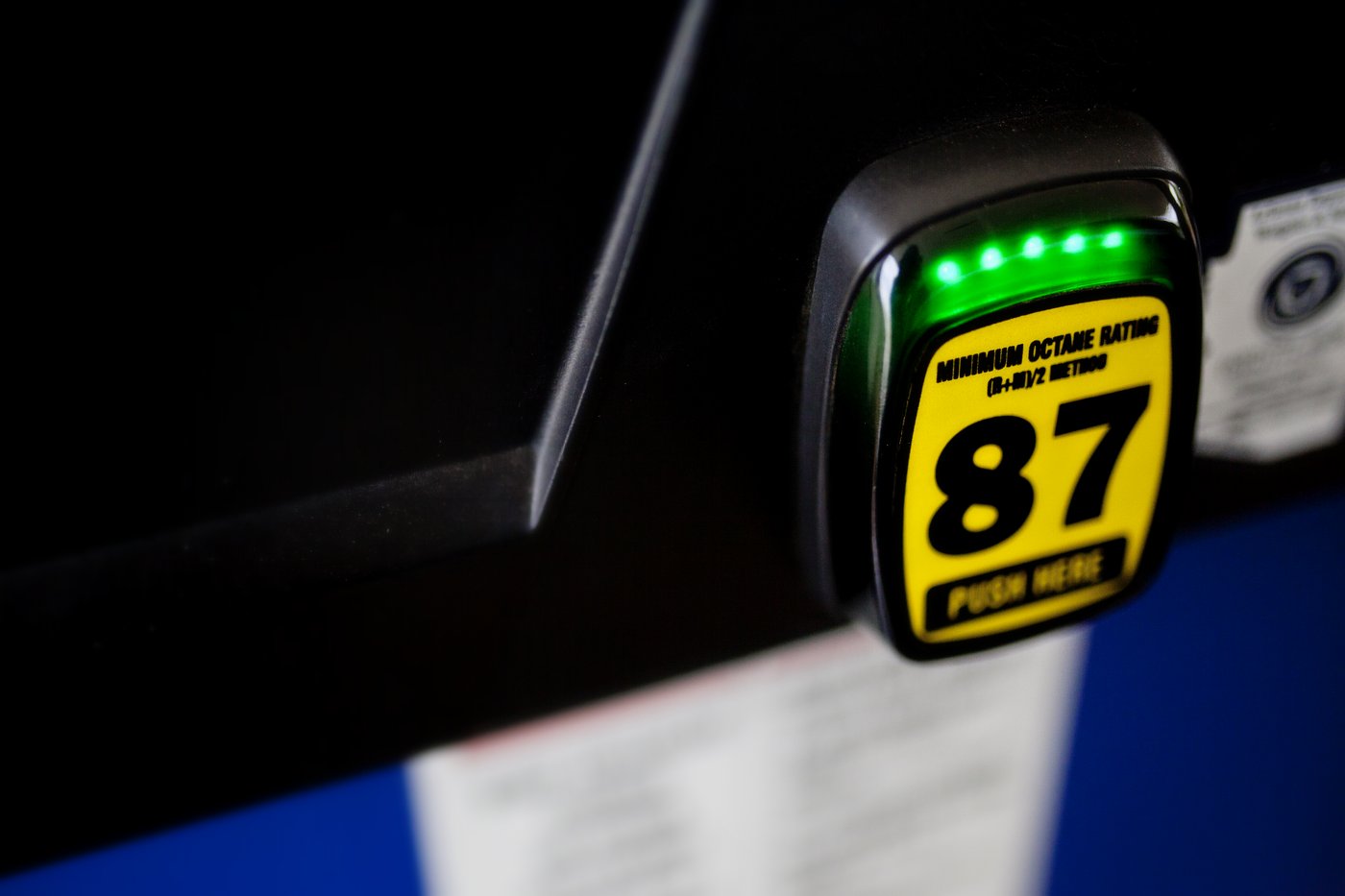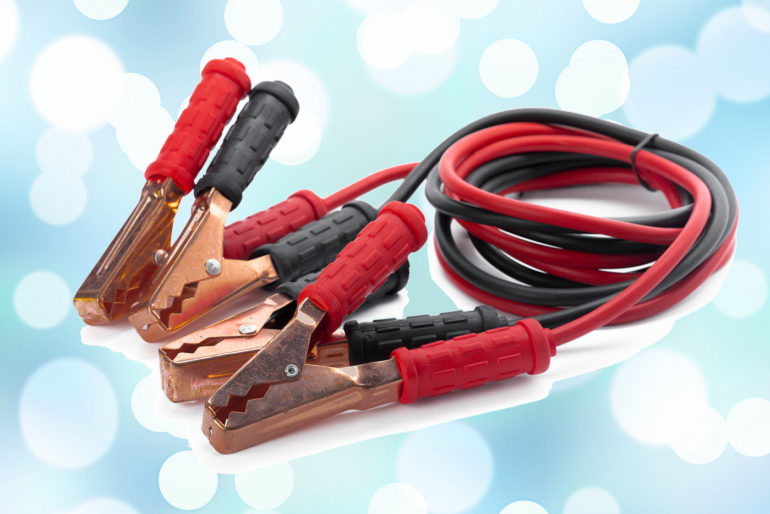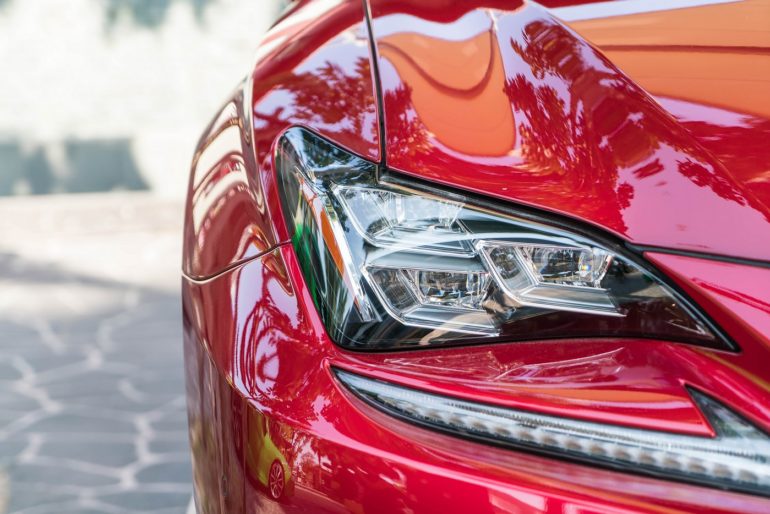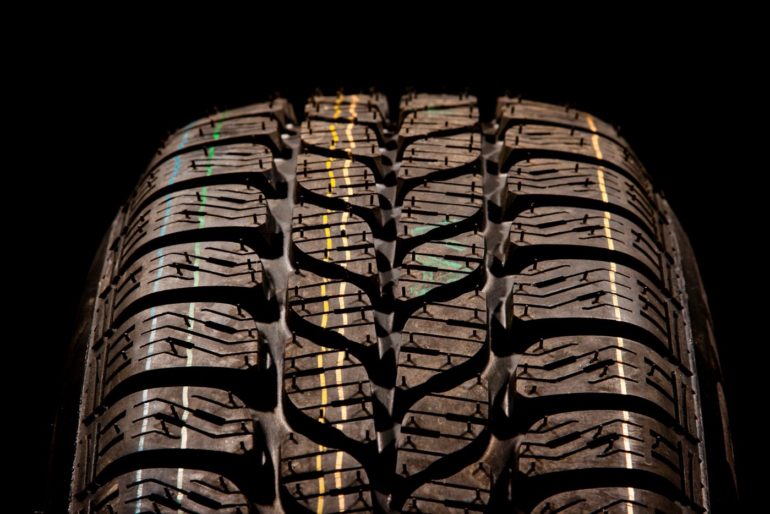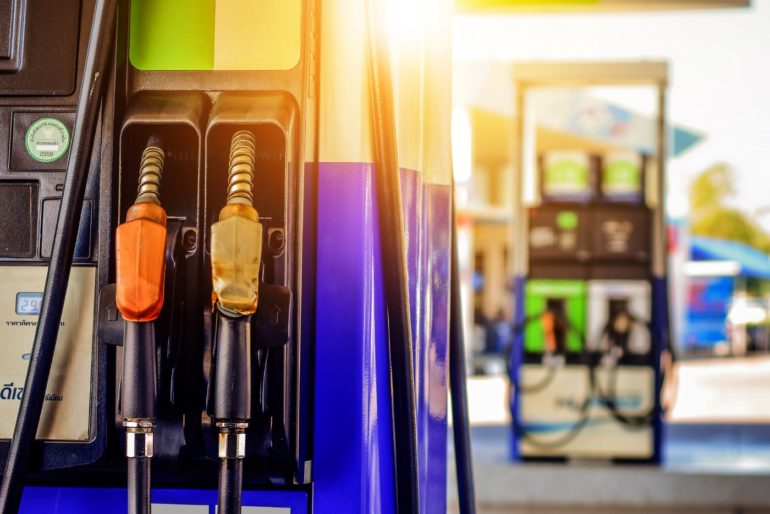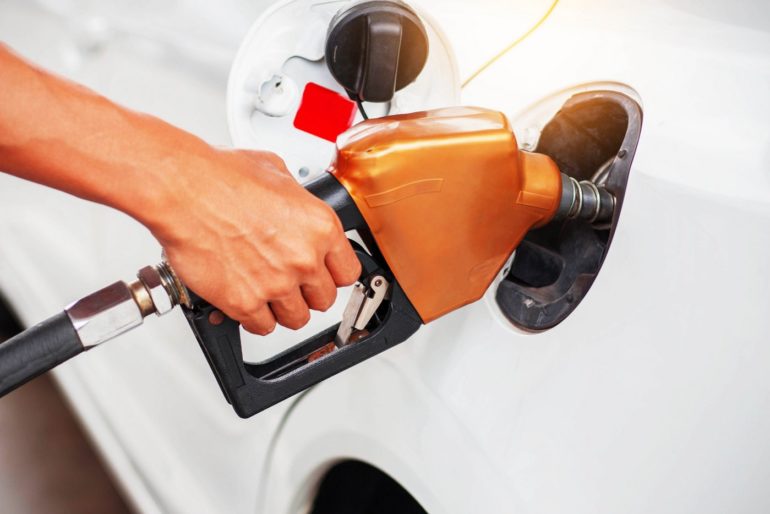What does the octane rating of gas mean – and do I really need premium?
What does the octane rating of gas mean? Obviously those numbers mean something, and the more expensive stuff is presumably better? Is it bad that you just put the cheap stuff in all the time — or should you spring for premium fuel?
Fill-up befuddlement
When you pull your car up to the pump, you’re bombarded with questions as soon as you start to fill up: Pay here or inside? Debit or credit? Loyalty card? Car wash? Receipt? And finally, what grade — or octane rating — of gas do you want?
While most people can handle the first couple questions without even thinking, many handle the last one without thinking either — just going for whatever is cheapest. However, depending on your car, that may not always be the best idea. Let’s take a look at what those numbers mean — and why you should care.
Gas and go
Let’s start this off with The American Heritage Science Dictionary’s definition of octane number:
A numerical representation of the ability of a fuel to resist knocking when ignited in the cylinder of an internal-combustion engine.
The octane number of a given fuel is determined by comparing the amount of knocking that fuel causes when combusted with the amount of knocking caused by two standard reference fuels, isooctane (which resists knocking and has an octane number of 100) and heptane (which causes knocking and has an octane number of 0).
The octane number is then assigned as the percentage of isooctane required in a blend with normal heptane to match the knocking behavior of the fuel being tested.
If you prefer plain English, then here: The higher the octane number or rating of the gas that is used, the less prone to engine knock (or “knocking and pinging“) the engine will be.
What’s engine knock, and why should you care? I’m glad you asked.
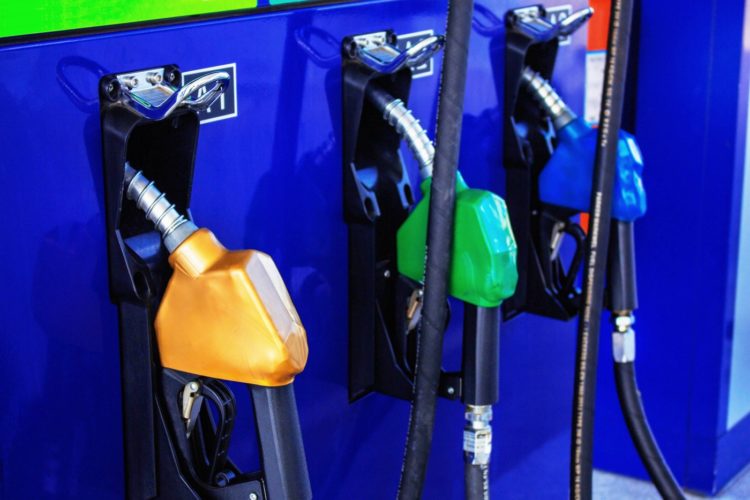
Knock-knock (no joke)
In order to talk about engine knock, we’re going to have to talk a bit about how the gas engine in your car works. I’m going to keep this pretty basic and just discuss the parts that are relevant to this discussion, but if you’d like to know more I recommend this article over at How Stuff Works.
The internal combustion engine creates power by burning a mixture of air and gasoline in a combustion chamber — the cylinders of your engine.
Air and fuel are sprayed into the cylinder, the piston compresses the mixture by pushing up towards the top of the engine, the spark plug ignites the compressed mixture, and the resulting small explosion pushes the piston back down. This cycle repeats over and over, a couple of thousand times per minute.
Now, in general, the higher the amount of compression in the cylinder, the higher the temperature of the combustion chamber is, the more powerful the explosion is — and the more power the engine makes.
Here’s the catch: When a lower octane gas is used in a higher compression engine, the air/fuel mixture doesn’t burn correctly.
Normally, the combustion of the mixture creates a flame front, raising the pressure inside the cylinder smoothly to a peak, burning nearly all of the fuel. When this doesn’t happen, pockets of the air/fuel mixture can ignite explosively outside of the flame front, creating a shockwave and an overpressure.
This shockwave creates the characteristic metallic “pinging” sound, and can result in serious damage to the engine as the overpressure stresses parts beyond their design tolerance.
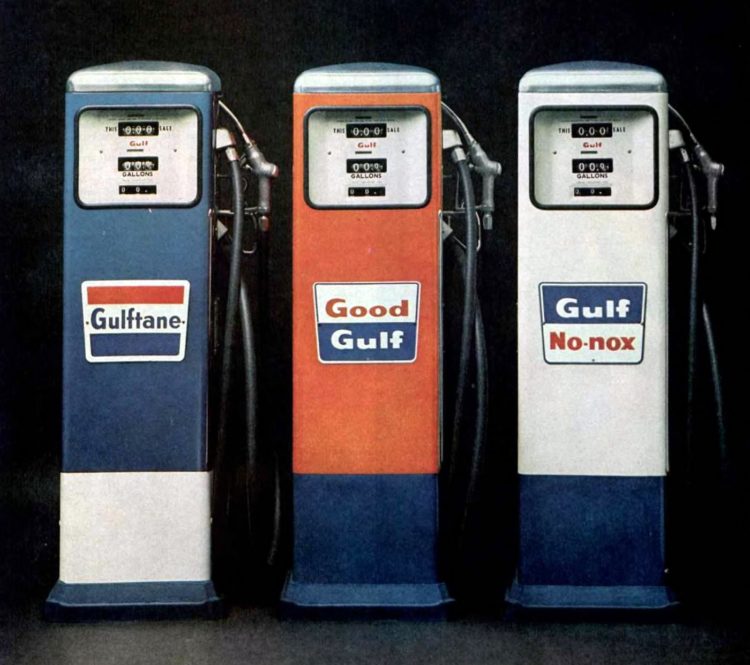
Octane explained
This is where the octane rating of gas comes in. The higher the octane number is, the more compression the fuel can withstand before it self-ignites or burns incorrectly, causing engine knock.
So does this mean you have to know your engine’s compression rating to choose fuel correctly? Unless you’re planning on building your engine from scratch (and if you’re reading this, I’m assuming you aren’t), no, not at all.
Your owner’s manual is a good place to look. You may also notice that there might be a notation on or near your gas gauge that says “Premium fuel only.” This might also appear on the fuel door — or both. If you don’t see either of these, then the manual will have the answer — it will tell you the minimum octane gas you should use.
Fuel for thought
In the past, it used to be that only sporty cars required premium gas. However, as manufacturers are trying to squeeze more performance out of smaller and more efficient engines, there are many cars today that you wouldn’t think of as “sporty” that require higher octane gas — even some SUVs ask for 91 or better.
So are you stuck paying higher prices for premium when all you do is drive to work and back? Not necessarily. While the manufacturer is always going to recommend the fuel the engine was designed for, in modern cars — pretty much any car made since 2000 and many before — there is a “knock sensor,” which detects the tell-tale signs of knocking, and either slows engine timing or in turbocharged engines, reduces boost pressure, thus eliminating knock.
So why run the high octane fuel if you can safely use low octane fuel? Power, performance, and mileage will all suffer when running a lower octane fuel than what the engine was designed for — it can even run rough, if the gap between the suggested octane and the actual is great enough.
And do keep in mind, with the average gap between low and high octane being $0.20/gal, assuming a 15-gallon tank, that’s only a $3 difference per tank — which generally will pay for itself with the improvement in fuel mileage you will get from using the correct fuel.

